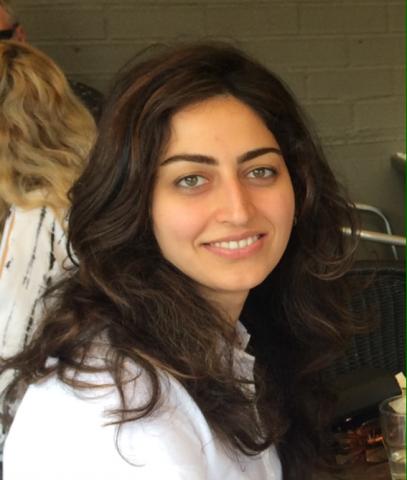The existing deep learning based time series classification (TSC) algorithms have some success in multivariate time series, their accuracy is not high when we apply them on brain EEG time series (65-70%). This is because there is a large variation between EEG data of different subjects, so a TSC model cannot generalise on unseen subjects well. In this research project we investigate self-supervised contrastive learning to encode the EEG data. This way we can better model the distribution of our EEG data before classifying it to different mental status. See a recent work here [1]. The data will be used in this project includes (but not limited to), data captured from Emotiv [2] brainwear devices.
[1] Kostas, D., Aroca-Ouellette, S., & Rudzicz, F. (2021). BENDR: using transformers and a contrastive self-supervised learning task to learn from massive amounts of EEG data. Frontiers in human neuroscience.
[2] https://www.emotiv.com
Required knowledge
Machine Learning
Deep Learning
Solid programming
